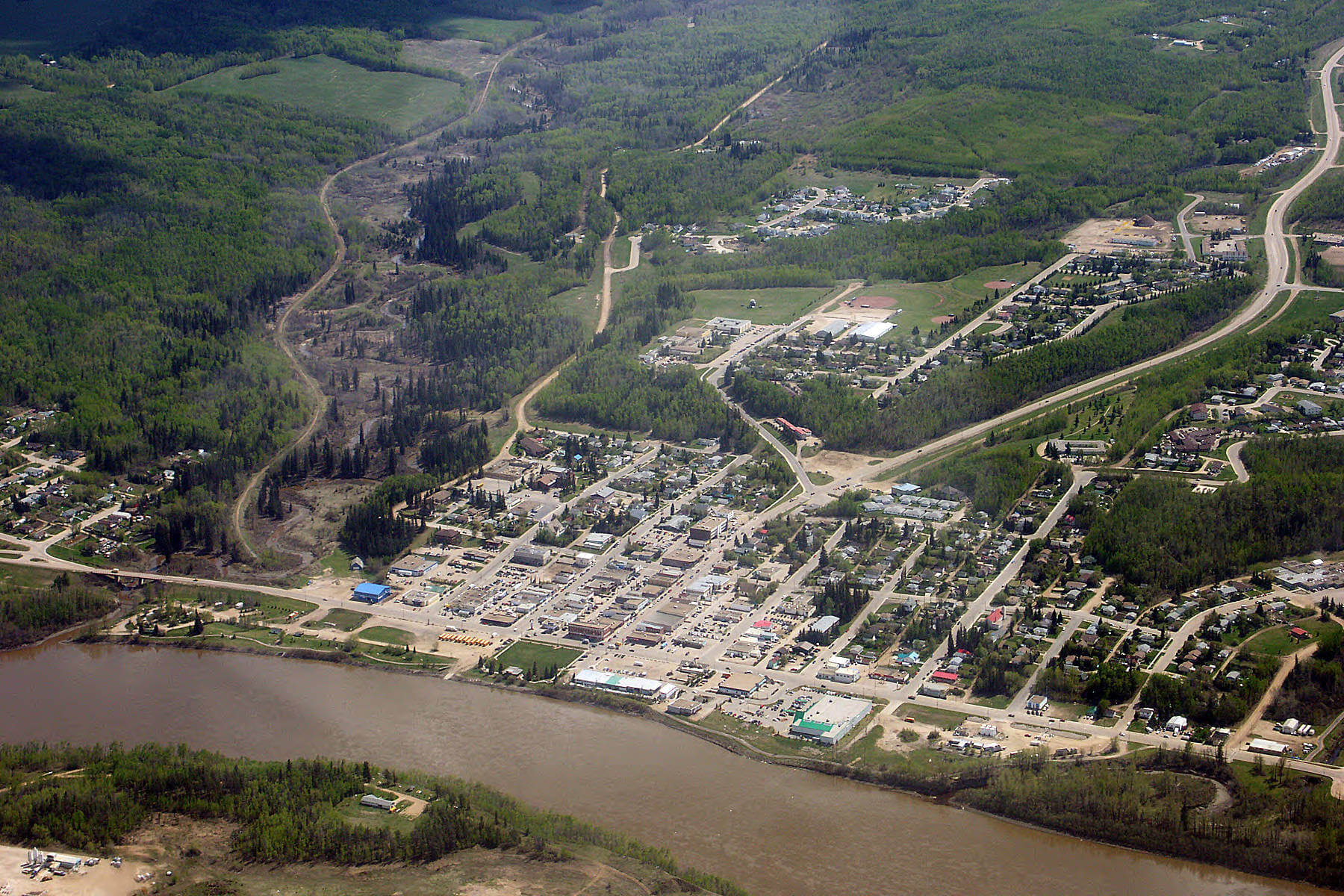Multi-disciplinary approach to address rural issues in housing, diversity, and sustainability
Rural communities across Alberta, Canada, and around the world face similar challenges in terms of long-term sustainability. A new research project led by Athabasca University (AU) aims to work with those communities to find solutions.
A multidisciplinary team of researchers led by Dr. Douglas MacLeod, the head of AU's RAIC Centre of Architecture, is conducting in-person workshops with some rural municipalities in Alberta.
The group is also developing a series of online course modules focusing on issues in rural sustainability. The materials created through the workshops and modules will be shared as open educational resources—which could include videos, podcasts, and lectures—that would be accessible for free to anyone in the world.
"Our hope is to create a blueprint for growth and recovery by helping these communities to use their real estate assets to design their own future—a future that is healthy, sustainable, resilient, and safe," MacLeod said.

Multiple challenges in rural communities
The challenges rural communities face include things such as a lack of affordable housing options, transportation both within and between rural communities, and insufficient access to high-speed internet, according to Dee Ann Benard, executive director of the Rural Development Network (RDN).
Her organization meets its mandate of supporting rural communities, with current priorities including sustainable housing, health and wellness, homelessness, access to services and transportation, and rural revitalization.
"Our focus is on rural Alberta, and how to address these problems," Benard said.
Alisha Mody, the chair of the Community Planning Association of Alberta, said from her perspective as a professional planner she sees many of those same challenges in her work, as well.
She identified some of the most pressing issues as economic diversification, capacity for community-building projects, and volunteer fatigue. There is some geographical variance, but these issues are fairly common across rural Alberta.
Like Benard, Mody sees the sustainability of rural communities as being tied to issues of affordability and access to services provided by other levels of government, such as health care and education.
"I think having robust smaller communities means having a robust population, and a diverse population," she said. "When you take some of those services out of those communities, you also take some of that diversity away and that undermines the long-term viability."
But this all raises the important question—how to actually mitigate these concerns and promote the long-term viability of rural communities.
Research to help resolve the problem
The issues Benard and Mody identify as challenges for rural communities are also issues MacLeod and his team are aiming to address.
Their project, Enhancing Rural and Regional Real Estate through Community Learning, aims to educate realtors, community leaders, and the general public about the impact real estate can play in the economic, environmental, and social recovery of rural and regional Alberta communities.
In particular, MacLeod said finding ways to improve, modify, or repurpose existing buildings can help promote economic development and diversification. More affordable residential real estate means more people can move to a community, for example, while older buildings could become heritage resources and augment tourism. Vacant commercial and industrial property could likewise be repurposed and meet new needs within communities.
This information will be shared in 3 ways. First, the team will host in-person design workshops for municipal leaders in several small towns or regions in Alberta. Second, learnings from those workshops will be refined in 6 online training modules to complement and augment the workshops, with topics like heritage resource management. Lastly, some of the materials created for the workshops and online modules will be shared widely as open educational resources, meaning anyone in the world would be able to benefit from this work.
This project is funded in large part by a grant from the Alberta Real Estate Foundation (AREF), with other granting bodies supporting specific components. For example, the Social Sciences and Humanities Council funded a related project spearheaded by Dr. Lorelei Hanson.
Her project, Communities in Transition: Strategies and Solutions for Rural Canada, will build on and extend efforts to share the knowledge and solutions for rural Alberta developed as part of the larger overall project.
"There is critical research being conducted across disciplines at Athabasca University regarding how the rural areas of the province are evolving," MacLeod said. "Funding from the AREF has allowed us to work together to address the challenges and the opportunities of rural communities in a holistic manner."

Moving forward, but no easy answers
Both Benard and Mody said that while there may not be any simple and straightforward solution to the issues facing rural communities, the AU project is a big step in the right direction.
"Education is always a really important thing, because people don't know what they don't know," Benard said. "This is going to create a lot of opportunities to educate people and communities about their options, which is really important."
Mody likewise said creating opportunities for education in rural Alberta about the long-term viability concerns in some communities could empower community leaders to consider these challenges in innovative ways.
"We need a spotlight," she said. "Our voices and our challenges need to be heard, and if there are new solutions that come to the fore from any type of project, that's a good thing. We need some new ideas and new energy."